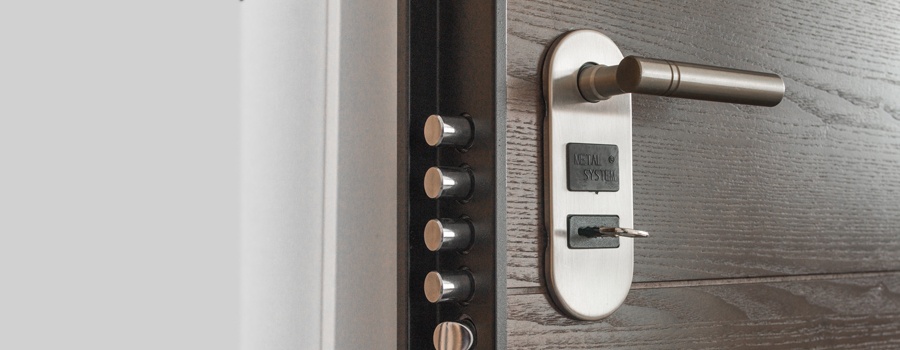Category: Technology
-

The FTC Expands Notification Requirements for Health Breaches on Health Apps
By: Ashton Brock, Burr & Forman LLP On April 26, 2024, the Federal Trade Commission (FTC) published a final rule aiming to clarify the current Health Breach Notification Rule (HBN Rule), giving greater protections and expanding breach notification requirements for vendors of personal health information who are not regulated by HIPAA. Pursuant to the FTC,…
-

Proposed Penalties for Information Blocking Violations
By: Kelli C. Fleming, Esq. with Burr & Forman LLP On October 30, 2023, the Department of Health and Human Services (“HHS”) released a proposed rule establishing penalties against healthcare providers who violate the information-blocking rules implemented under the 21st Century Cures Act. The information blocking rules prohibit a healthcare provider, among other “actors” as…
-

Online Tracking Tools—Be Cautious.
By: Kelli C. Fleming, Esq., Burr & Forman LLP The Office for Civil Rights (“OCR”) and the Federal Trade Commission (“FTC”) recently teamed up to warn several healthcare providers about the privacy and security risks affiliated with online tracking technologies. According to the warning, these online tracking technologies may, under certain circumstances, be improperly disclosing…
-

No Honor Among Thieves
Most Americans will likely never forget where they were in March of 2020 when the world seemingly shut down. While many used that time to reflect, enjoyed down time with family or even binge watched streaming services, health care workers geared up to save the lives of people impacted by COVID-19. The novelty of this…
-

Physicians Perspective: Dr. Chris Adams Talks Telemedicine
Adversity and necessity mandate invention. During the COVID-19 pandemic, telemedicine has been transformed almost overnight into a necessary medical tool for remaining connected to our patients. Without warning, physicians suddenly found themselves in the position of adding communication technologies, learning regulatory requirements, and adapting to an entirely new way of interacting with patients, sometimes reinventing…
-

Summary of Telehealth Waivers as of April 1, 2020
By: Jim Hoover, Burr & Forman, LLP The changes made to the requirements for telehealth services since the start of the COVID-19 pandemic have been swift and substantial. For the first several weeks, it seems changes were made almost daily. As time has passed, the changes to telehealth have stabilized enough that a summary of…
-

HHS Proposes New Rules to Improve Interoperability of EHI
Could new innovations in technology promote patient access and make no-cost health data exchange a reality for millions? The U.S. Department of Health and Human Services (HHS) has proposed new rules to support seamless and secure access, exchange and use of electronic health information. The rules, issued by the Centers for Medicare & Medicaid Services…
-

Are Your Electronic Devices Physically Secure?
In the age of electronic medical records and ransomware attacks, recent focus with regard to HIPAA compliance seems to be on electronic security. How are your electronic medical records stored? Do you require two-factor authentication to access your electronic system remotely? What firewalls and malware detection systems do you have in place to prevent a…
